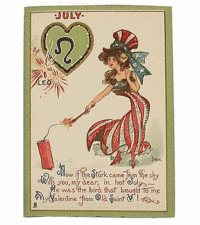PROVO, Utah (AP) – From paintings to sculptures, a state lawmaker says Utah needs a better accounting of its state-owned art so that valuables won’t be tossed out or given away.
Eagle Mountain Republican Sen. Mark Madsen’s Senate Bill 10 would create an online database of all state-owned treasures held at universities, museums, courthouses and other locations.
Utah owns an estimated tens of thousands of pieces of art worth millions of dollars, but there is no central database that catalogs the works.
Vern Swanson, director of the Springville Museum of Art Director Vern Swanson said many state-owned works have been destroyed because maintenance workers didn’t know the value of the pieces.
According to Swanson, an author of Utah art books who has cataloged some 10,000 pieces, among the losses were a a sculpture on the former Utah Valley State College campus and several paintings by Maynard Dixon which were stored in a closet with broken frames, but were still worth hundreds of thousands. The paintings were burned, Swanson said.
Some paintings have reportedly been carried off by retiring state administrators, Madsen said.
Continue reading


